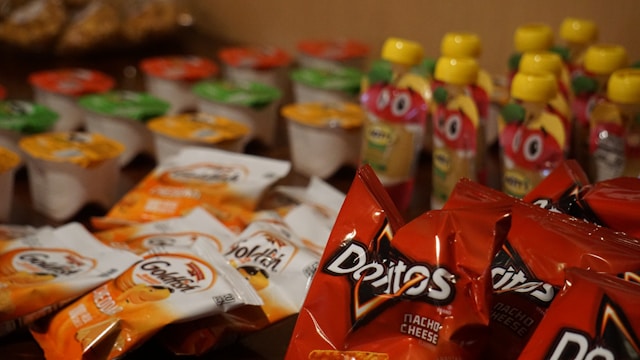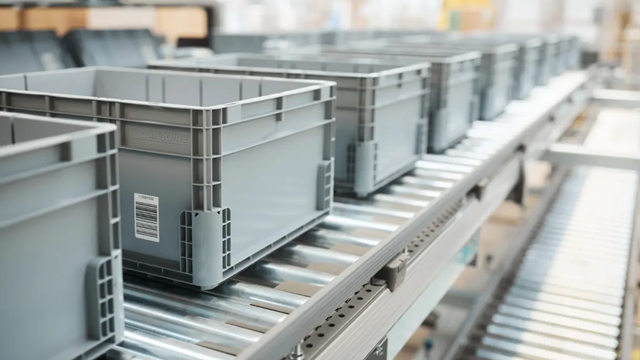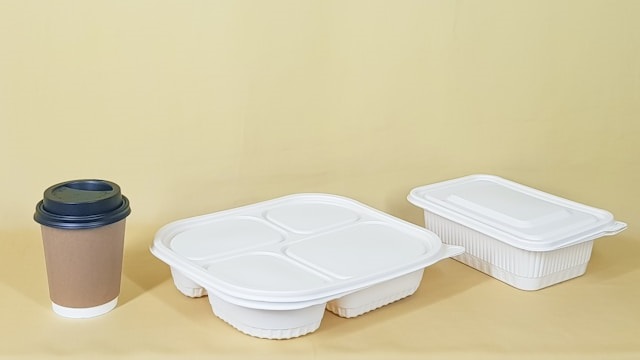Types of Flexible Packaging: Applications and Benefits
1. Introduction
Flexible packaging has revolutionized the packaging industry by offering lightweight, cost-effective, and sustainable alternatives to traditional rigid packaging. With advancements in materials and technology, flexible packaging has become a preferred choice for various industries, including food, pharmaceuticals, cosmetics, and e-commerce. According to market reports, the global flexible packaging industry is projected to grow significantly due to increasing demand for convenience, longer shelf life, and eco-friendly options.
In this article, we explore the different types of flexible packaging, their applications, and the benefits they offer across industries.
2. Types of Flexible Packaging
2.1. Plastic-Based Flexible Packaging
– Polyethylene (PE): Used in film wraps, pouches, and bags due to its flexibility and moisture resistance.
– Polypropylene (PP): Known for its high heat resistance, making it ideal for snack packaging and microwaveable products.
– Polyethylene Terephthalate (PET): Commonly used in stand-up pouches and flexible bottles, offering excellent strength and clarity.
2.2. Paper-Based Flexible Packaging
– Kraft Paper: Used in bags, pouches, and wrappers, especially in organic and eco-friendly product packaging.
– Wax-Coated Paper: Provides additional moisture resistance, commonly used for food packaging like butter and baked goods.
2.3. Foil-Based Flexible Packaging
– Aluminum Foil Laminates: Provide excellent protection against oxygen, moisture, and light, making them ideal for pharmaceuticals and perishable food items.
– Metalized Films: A cost-effective alternative to aluminum foil, used in snack food packaging to enhance shelf life.
2.4. Biodegradable & Compostable Flexible Packaging
– Polylactic Acid (PLA): Derived from renewable sources like corn starch, PLA is widely used in food packaging and disposable products.
– Polyhydroxyalkanoates (PHA): A fully biodegradable alternative suitable for flexible films and pouches.
3. Applications of Flexible Packaging
Flexible packaging is widely used across multiple industries, offering convenience and protection for various products.
3.1. Food & Beverage Industry
– Stand-up pouches for snacks and beverages
– Vacuum-sealed packaging for meat and dairy products
– Resealable bags for dry goods like coffee and cereals
3.2. Pharmaceutical & Healthcare Industry
– Blister packs for tablets and capsules
– Medical pouches and sachets for single-dose medications
– Sterile packaging for medical devices
3.3. Cosmetics & Personal Care
– Sachets for shampoo and skincare samples
– Flexible tubes for lotions and creams
– Resealable pouches for wet wipes
3.4. Retail & E-Commerce
– Mailing envelopes with protective bubble wrap
– Custom-branded packaging for direct-to-consumer brands
– Eco-friendly options for sustainable online shopping
3.5. Industrial & Chemical Packaging
– Heavy-duty sacks for fertilizers and chemicals
– Barrier pouches for adhesives and lubricants
– Multi-layered bags for construction materials
4. Benefits of Flexible Packaging
– Cost Efficiency & Lightweight Design
– Extended Shelf Life & Product Protection
– Sustainability & Eco-Friendly Alternatives
– Customization & Branding Opportunities
– Convenience & Consumer Appeal
5. Challenges and Future Trends
Despite its advantages, flexible packaging faces challenges such as recyclability and regulatory compliance. However, emerging innovations are driving sustainable solutions and improving functionality.
6. Conclusion
Flexible packaging continues to shape the future of the packaging industry with its cost efficiency, convenience, and sustainability benefits. While challenges like recyclability remain, ongoing innovations are driving eco-friendly solutions. As consumer demand for sustainable and functional packaging grows, flexible packaging will remain a key player in the global market.
7. References & Sources
– Flexible Packaging Association (FPA) – www.flexpack.org
– Smithers Pira Reports – Market analysis on flexible packaging trends
– Packaging Digest – Industry news and innovations
– Science Direct – Research papers on biodegradable packaging materials
– Euromonitor International – Global market reports on flexible packaging











